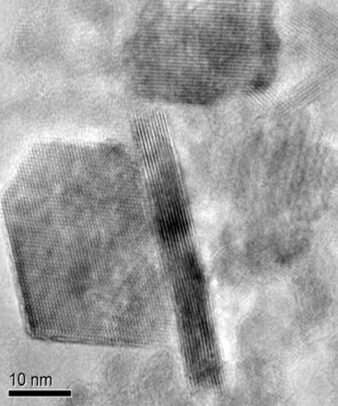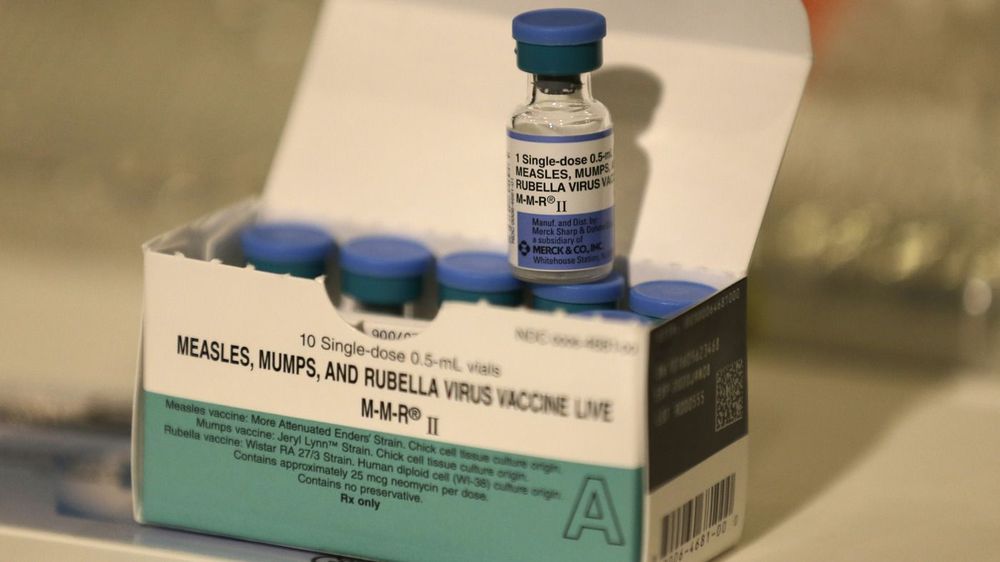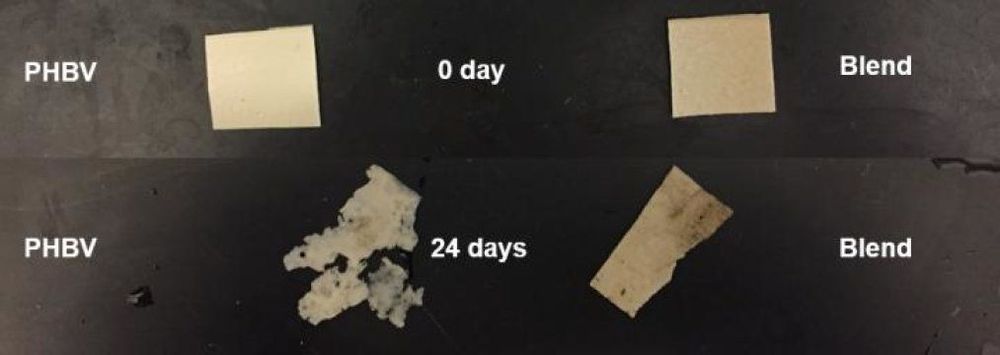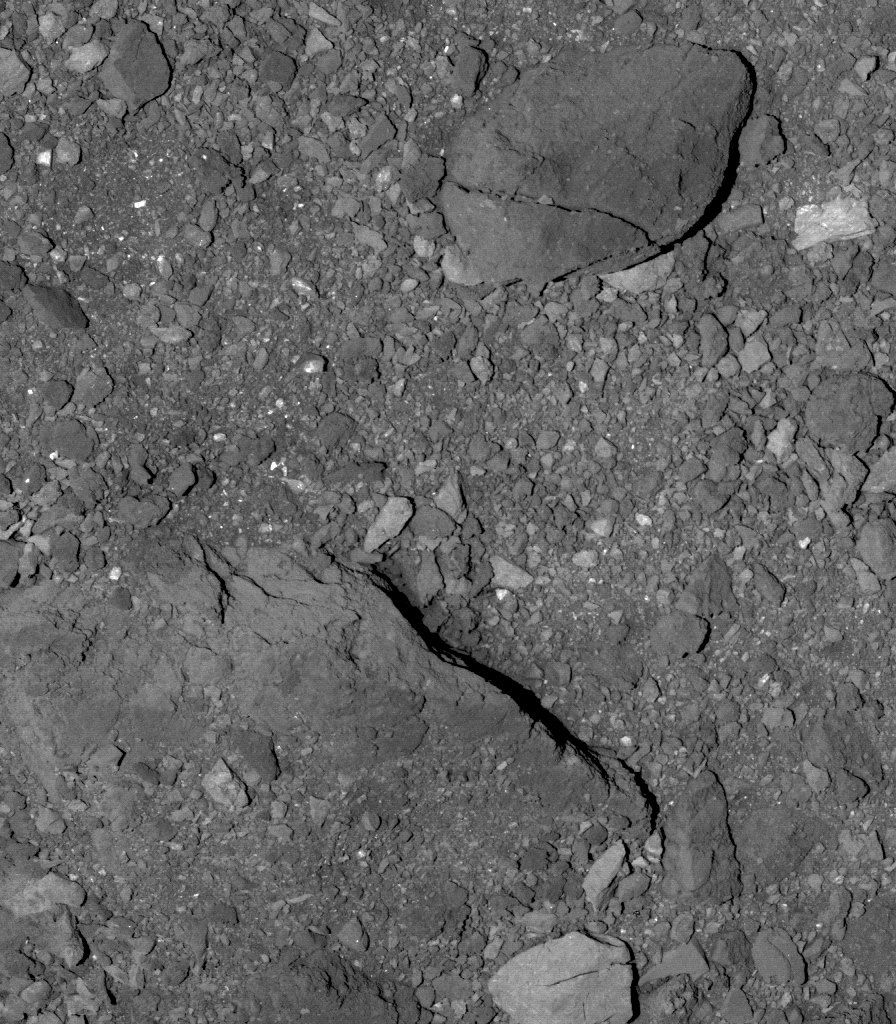Page 8961
Apr 10, 2019
A Jetsons future? Assessing the role of flying cars in sustainable mobility
Posted by Quinn Sena in categories: sustainability, transportation

In the 1960s animated sitcom The Jetsons, George Jetson commutes to work in his family-size flying car, which miraculously transforms into a briefcase at the end of the trip.
A new study of the environmental sustainability impacts of flying cars, formally known as electric vertical takeoff and landing aircraft, or VTOLs, finds that they wouldn’t be suitable for a Jetsons-style short commute.
Continue reading “A Jetsons future? Assessing the role of flying cars in sustainable mobility” »
Apr 10, 2019
Scientists Discover Ancient ‘Cthulhu’ Fossil That Will Give You Nightmares
Posted by Quinn Sena in categories: energy, food
O,.,0.
Despite its diminutive size, the creature still managed to pack a lot of nightmare fuel. Those 45 tentacles were used to snatch up food, creep along the ocean floor and scare off predators.
Oh, and those “tubes” also had their own armor.
Continue reading “Scientists Discover Ancient ‘Cthulhu’ Fossil That Will Give You Nightmares” »
Apr 10, 2019
Graphene coating could help prevent lithium battery fires
Posted by Quinn Sena in categories: energy, engineering, transportation
Lithium batteries are what allow electric vehicles to travel several hundred miles on one charge. Their capacity for energy storage is well known, but so is their tendency to occasionally catch on fire—an occurrence known to battery researchers as “thermal runaway.” These fires occur most frequently when the batteries overheat or cycle rapidly. With more and more electric vehicles on the road each year, battery technology needs to adapt to reduce the likelihood of these dangerous and catastrophic fires.
Researchers from the University of Illinois at Chicago College of Engineering report that graphene—wonder material of the 21st century—may take the oxygen out of lithium battery fires. They report their findings in the journal Advanced Functional Materials.
The reasons lithium batteries catch fire include rapid cycling or charging and discharging, and high temperatures in the battery. These conditions can cause the cathode inside the battery—which in the case of most lithium batteries is a lithium-containing oxide, usually lithium cobalt oxide—to decompose and release oxygen. If the oxygen combines with other flammable products given off through decomposition of the electrolyte under high enough heat, spontaneous combustion can occur.
Continue reading “Graphene coating could help prevent lithium battery fires” »
Apr 10, 2019
New algorithm optimizes quantum computing problem-solving
Posted by Quinn Sena in categories: business, computing, information science, particle physics, quantum physics
Tohoku University researchers have developed an algorithm that enhances the ability of a Canadian-designed quantum computer to more efficiently find the best solution for complicated problems, according to a study published in the journal Scientific Reports.
Quantum computing takes advantage of the ability of subatomic particles to exist in more than one state at the same time. It is expected to take modern-day computing to the next level by enabling the processing of more information in less time.
The D-Wave quantum annealer, developed by a Canadian company that claims it sells the world’s first commercially available quantum computers, employs the concepts of quantum physics to solve ‘combinatorial optimization problems.’ A typical example of this sort of problem asks the question: “Given a list of cities and the distances between each pair of cities, what is the shortest possible route that visits each city and returns to the original city?” Businesses and industries face a large range of similarly complex problems in which they want to find the optimal solution among many possible ones using the least amount of resources.
Continue reading “New algorithm optimizes quantum computing problem-solving” »
Apr 10, 2019
New York Declares Health Emergency As Measles Spreads In Parts Of Brooklyn
Posted by Quinn Sena in categories: biotech/medical, health
New York City on Tuesday ramped up the battle against the spread of a measles outbreak in a Brooklyn hot spot, declaring a public health emergency and calling for mandatory vaccinations.
Mayor Bill de Blasio said the emergency covers four Brooklyn ZIP codes, including most of Williamsburg and Borough Park, which have seen more than 285 cases of the measles since October.
“We cannot allow this dangerous disease to make a comeback here in New York City. We have to stop it now,” de Blasio said at a news conference. “We have a situation now where children are in danger. We have to take this seriously,” he added.
Continue reading “New York Declares Health Emergency As Measles Spreads In Parts Of Brooklyn” »
Apr 10, 2019
Novel membrane material removes more impurities without the need for toxic solvents
Posted by Quinn Sena in categories: energy, materials
Natural gas and biogas have become increasingly popular sources of energy throughout the world in recent years, thanks to their cleaner and more efficient combustion process when compared to coal and oil.
However, the presence of contaminants such as carbon dioxide within the gas means it must first be purified before it can be burnt as fuel.
Traditional processes to purify natural gas typically involve the use of toxic solvents and are extremely energy-intensive.
Apr 10, 2019
Bacteria that oxidizes methane found in common soil
Posted by Quinn Sena in categories: food, sustainability
A team of researchers with members from Norway, Austria, Russia and Germany has found a kind of bacteria that oxidizes methane. In their paper published in Proceedings of the National Academy of Sciences, the group describes their findings and suggest their work could lead to progress in combating global warming.
Scientists have reached consensus that global warming is happening, and that it is because humans continue to pump greenhouse gases into the atmosphere. The main culprit is carbon dioxide, but there are other greenhouse gases making their way into the atmosphere, as well—one of them is methane. Humans produce methane naturally, via flatulence, as do animals. It also results from production of rice and other crops, and released it during oil extraction. To combat global warming, we stop emitting methane, or find a way to remove it. In this new effort, the researchers report a natural way to remove methane from the air by supporting a type of bacteria that oxidizes it.
Scientists have suspected for many years that one or more types of bacteria oxidize methane because testing has shown that methane levels drop in places where there is soil present.
Continue reading “Bacteria that oxidizes methane found in common soil” »
Apr 10, 2019
Potential for Earth-friendly plastic replacement
Posted by Quinn Sena in categories: economics, food
A biodegradable replacement for petroleum-based products has to meet all sorts of standards and, so far, attempts at viable replacements from renewable sources have faced limited success due to processing and economic constraints. Among the obstacles, products to date have been too brittle for food packaging.
But new research from The Ohio State University has shown that combining natural rubber with bioplastic in a novel way results in a much stronger replacement for plastic, one that is already capturing the interest of companies looking to shrink their environmental footprints.
Almost all plastics — about 90 percent — are petroleum-based and are not biodegradable, a major environmental concern.
Continue reading “Potential for Earth-friendly plastic replacement” »
Apr 10, 2019
NASA’s OSIRIS-REx Asteroid Sample Return Mission
Posted by Michael Lance in category: space
This image from Flyby 1 of Detailed Survey: Baseball Diamond phase shows the rocky surface of Bennu just south of the asteroid’s equator. The PolyCam camera on NASA’s OSIRIS-REx spacecraft took the image on March 7 from a distance of 3 miles. For scale, the cracked rock at the top is 69 ft long, about the length of 4 parallel parking spots.
More details on the image: bit.ly/2IpIKSG

















